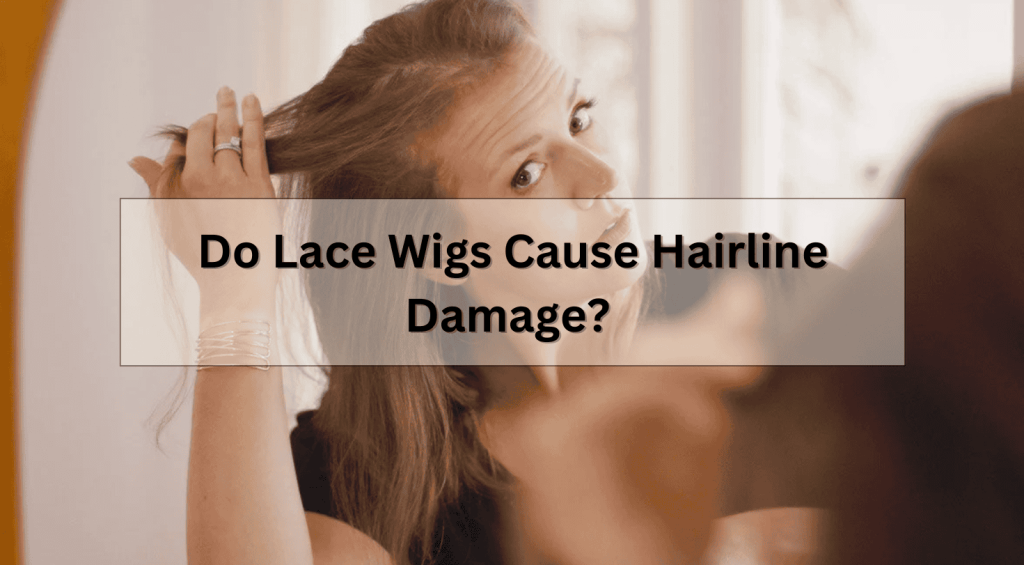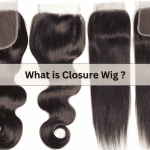Hair Care Tips
Do Lace Wigs Damage Your Hairline? What You Need to Know
Lace wigs are a game-changer for anyone seeking natural-looking hair, whether for fashion, convenience, or dealing with hair loss. But a common question arises: do lace wigs damage your hairline?
The short answer: No, lace wigs don’t inherently damage your hairline—but improper installation, maintenance, or removal can. In this article, we’ll break down the risks, the myths, and, most importantly, how to protect your natural hair while enjoying the versatility of lace wigs.
I. Why People Worry About Hairline Damage
Lace wigs are designed to blend seamlessly along the scalp, but because they’re often secured with adhesives, tape, or elastic bands, there’s a potential risk of stress on the hairline.
For clients with sensitive scalps, thin hair, or conditions like alopecia, the fear of losing more hair around the edges is very real. Understanding what actually causes damage helps salons guide their customers with confidence.
II. The Real Causes of Hairline Damage
Hairline damage isn’t about the wig itself—it’s usually about the methods used. Here are the most common culprits:
-
Excessive Glue or Harsh Adhesives – Strong glues may pull on fine baby hairs and irritate the scalp.
-
Improper Removal – Ripping off a wig without dissolving the adhesive safely can tear out natural hair.
-
Too-Tight Elastic Bands – Overly tight wig bands or caps create friction and tension, weakening hair follicles.
-
Overuse Without Breaks – Wearing lace wigs constantly without giving the scalp time to breathe can cause thinning edges.
III. How to Wear Lace Wigs Without Damaging Your Hairline
The good news? With proper technique and care, lace wigs can be completely safe. Here are some best practices you can recommend to clients:
1. Choose the Right Adhesive
Opt for skin-friendly wig glue or medical-grade adhesive. Avoid industrial-strength products that are hard to remove.
2. Prep the Hairline
Always clean the scalp before installation. Applying a protective barrier or scalp serum helps reduce irritation.
3. Avoid Over-Tight Installs
Elastic bands should be snug but not overly tight. A secure but comfortable fit prevents friction along the edges.
4. Rotate Wig Styles
Encourage clients to alternate between lace wigs, closure wigs, and glueless options to reduce stress on one area of the hairline.
5. Practice Safe Removal
Always use an adhesive remover or alcohol-based solution to gently lift the lace instead of pulling.
IV. Signs of Hairline Stress to Watch For
Early detection prevents long-term damage. Teach clients to look out for:
-
Redness or irritation along the hairline
-
Small bumps or tenderness after removal
-
Thinning baby hairs or broken strands
-
Persistent dryness or flakiness at the edges
If these signs appear, it’s time to pause wig use and allow the scalp to recover.
V. Alternatives for Sensitive Hairlines
For clients prone to irritation or already experiencing thinning, suggest gentler options such as:
-
Glueless lace wigs – secured with combs and adjustable straps, no adhesive required.
-
Closure wigs – cover less of the scalp, reducing tension at the edges.
-
Headband wigs – stylish, protective, and beginner-friendly.
Conclusion
So, do lace wigs damage your hairline? Not if installed and cared for correctly. The key lies in proper adhesive use, safe removal, and giving the scalp time to rest.
As a salon professional, guiding your clients with these best practices not only protects their natural hair but also builds trust in your expertise. With the right care, lace wigs can remain a safe, versatile, and stunning choice for anyone.




